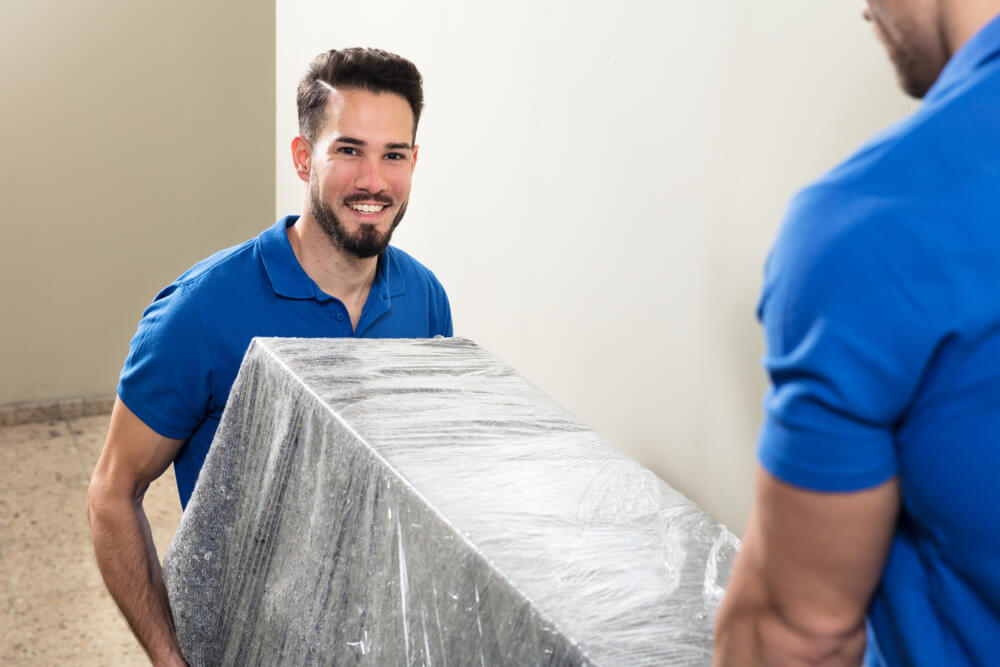Few mobile shooters punish hesitation like Free Fire. Matches last no more than ten minutes, the safe zone collapses fast, and gunfights are resolved in the time it takes a sniper scope to flick. Surviving that chaos means optimizing three distinct layers: weapon economics, utility timing, and character skill synergy. After 600+ drops into Bermuda and Purgatory, I’ve distilled the lessons that consistently push me into the top five—along with a straightforward approach to keeping my Diamond balance healthy without hidden fees.
1 Weapon Economics: Inventory as a Moving Budget
In Free Fire, looting is less about grabbing the “best” gun and more about multiplying value over time. Early game, a Level 1 backpack limits ammo and grenades, making SMGs like the MP5 or MP40 efficient picks—they share ammo with secondary weapons and chew through soft armor. Mid-match, after upgrading to a Level 3 vest and pack, shifting to an Assault Rifle such as the SCAR or GROZA stretches each magazine and capitalizes on range.
The rule I follow: never pass a fight with less than one and a half mags in reserve. If you can down an opponent while still holding 60 rounds, you’re ahead on loot momentum and risk-free in the next encounter.
2 Utility Timing: Smart Gloo Walls Beat Raw Aim
A perfect headshot feels great, but a single Gloo Wall placed half a second sooner wins more gunfights. I treat Gloos as a three-step tool:
Angle Isolation – Drop a wall to cut a sniper’s view, forcing a 1-v-1 instead of a crossfire.
Reload Shield – Insert a wall while reloading high-RPM guns like the MAC10—it’s faster than swapping to a secondary.
Exit Ticket – Save the last Gloo for a retreat to high ground, not for a flashy push. Survival is king when the zone shrinks to tennis-court size.
3 Skill Synergy: “Budget” Characters Can Outpace Meta Picks
Character abilities often overshadow gun stats. My current low-cost lineup:
Hayato “Firebrand” – Armor penetration kicks in below 10 HP; pairs with rush tactics.
Moco – Tags opponents for the whole squad, invaluable in squad vs. squad rushes.
Alok – The heal-over-time aura counters chip damage in final circles.
None are premium-exclusive, yet the trio’s overlapping sustain and vision control turned multiple near-misses into Booyahs last season.
4 Event Planning: Diamonds Spent at the Right Moment Pay Back
Garena rotates time-limited events that gate unique cosmetics behind vouchers or discounted spins. I keep a mini-calendar:
Gold Royale Reset – Hoard vouchers for the reset day; the odds spike on launch.
Weapon Royale – Check skin stats: if only the rate of fire increases, skip and save.
Top-Up Specials – Free emotes or Gloo skins often arrive with minimal Diamond thresholds; spending 100 Diamonds on the right day can net 300 Diamonds’ worth of extras.
5 Reloading Diamonds—Cheap, Fast, Secure
When an event hits and extra Diamonds are inevitable, I skip the app store’s markup and use the discount Free Fire Diamonds top-up center. Prices are tax-inclusive up front, payment routes through encrypted gateways, and Diamonds land in my inbox in under two minutes—fast enough to enter a freshly opened Lucky Royale before the queue resurfaces.
For smaller refills—say, topping off just before a flash sale—I bookmark the same page as a quick “Free Fire top-up” shortcut. Because the platform is an authorized reseller, first-time bonus multipliers and top-up rewards trigger exactly as they do in-game, without the extra 30 % mobile-store cut.
Closing Loadout
Economize Loot Paths – Pick guns that match ammo supply at each stage.
Prioritize Gloo Timing – Win space before damage.
Layer Skills – Hayato’s penetration + Moco’s vision + Alok’s sustain.
Schedule Diamonds – Align spending with high-value events.
Top Up Wisely – Cheap, instant, secure through the linked service above.
Follow these principles and you’ll spend less time staring at defeat screens—or payment spinners—and more time watching the “Booyah!” banner flash across your display.

